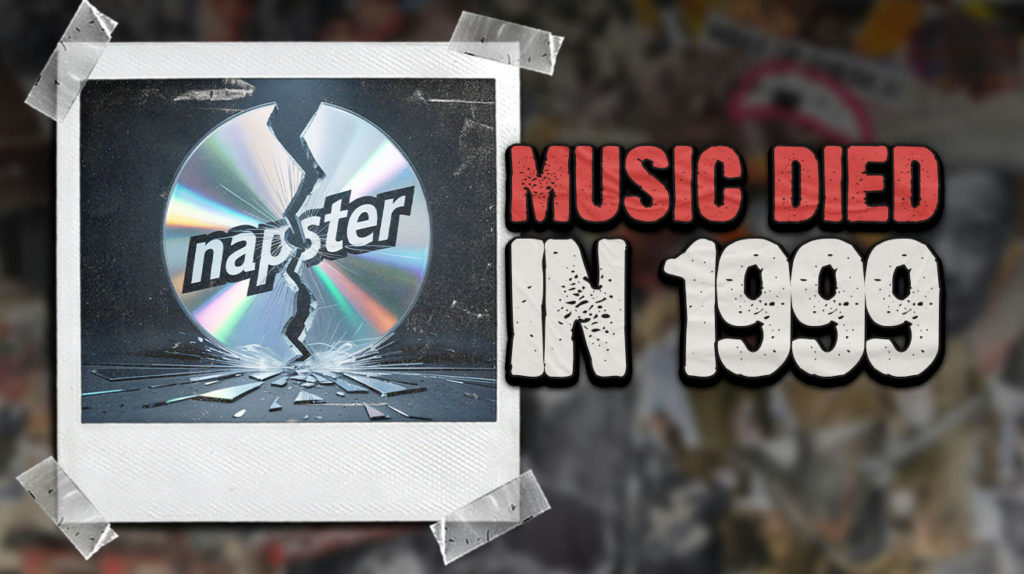
The internet didn’t just rewire how we communicate—it fundamentally transformed human civilization. What started as military paranoia became the digital backbone connecting every corner of our planet.
These breakthrough moments didn’t happen in boardrooms or marketing campaigns — they emerged from garages, dorm rooms, and research labs where curious minds pushed boundaries without knowing they were building tomorrow’s infrastructure. Each pivotal development created ripple effects that are still reshaping how we work, learn, and connect today.
10. ARPANET (1969): The Digital Backbone That Wouldn’t Break
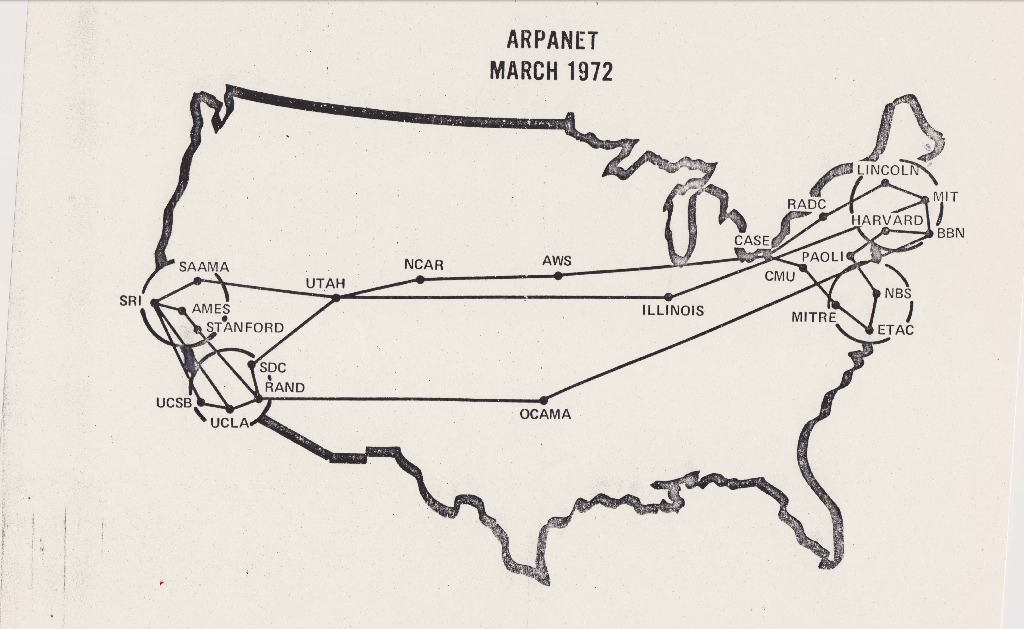
Cold War paranoia needed a communication network that couldn’t be destroyed by nuclear attack, so ARPANET delivered the solution. ARPANET connected UCLA and Stanford Research Institute on October 29, 1969, managing only “LO” before crashing—hardly the smooth launch you’d expect from something destined to run the world. This military-academic collaboration created a decentralized network designed to survive nuclear attack by routing data through multiple pathways.
That architectural decision—distributing rather than centralizing information flow—remains the internet’s core strength. Like a digital organism that regenerates when damaged, this resilient design ensures no single failure point can crash the entire system. Today’s cloud computing and blockchain technology all trace back to this foundational principle of distributed networks.
9. The First Web Page (1991): When Computers Started Speaking Human
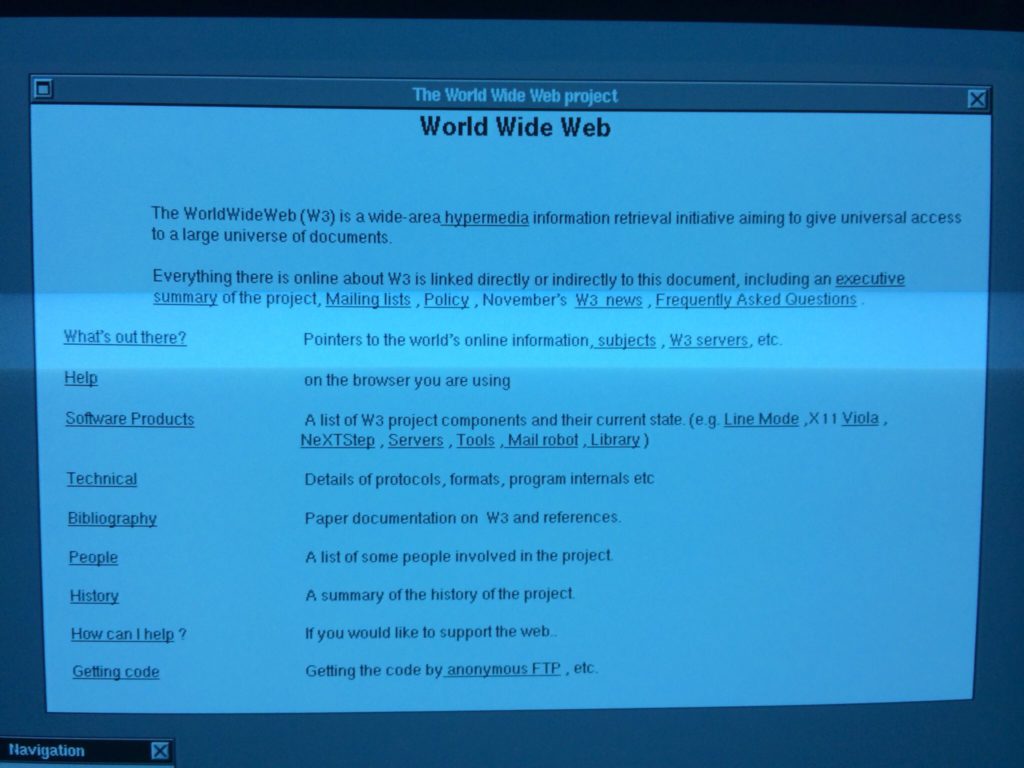
If you’re tired of memorizing complex commands just to access information, Tim Berners-Lee’s World Wide Web solved that problem permanently. In 1991, Berners-Lee published the first web page at CERN, explaining his own World Wide Web project—meta before meta was cool.
This breakthrough introduced HTML, HTTP, and URLs—three technologies that created a universal publishing system anyone could navigate. Before the web, accessing online information required memorizing complex commands and directory structures. Berners-Lee eliminated that technical barrier, converting the internet from an academic tool into something your grandmother could eventually use to share photos.
8. Top-Level Domains (1985): The Internet’s Neighborhood System

Internet chaos needed organization, and the 1985 introduction of top-level domains (.com, .org, .edu, .gov, .mil, and .net) provided exactly that solution. The addressing architecture created distinct digital neighborhoods for different purposes.
This seemingly boring technical development had massive implications for digital commerce and identity. The .com domain became more valuable than physical real estate, with companies like cars.com and business.com selling for millions. Domain squatting emerged as digital land-grabbing, while your web address became as important as your street address for business success.
7. Hotmail (1996): Email Breaks Free from the Office
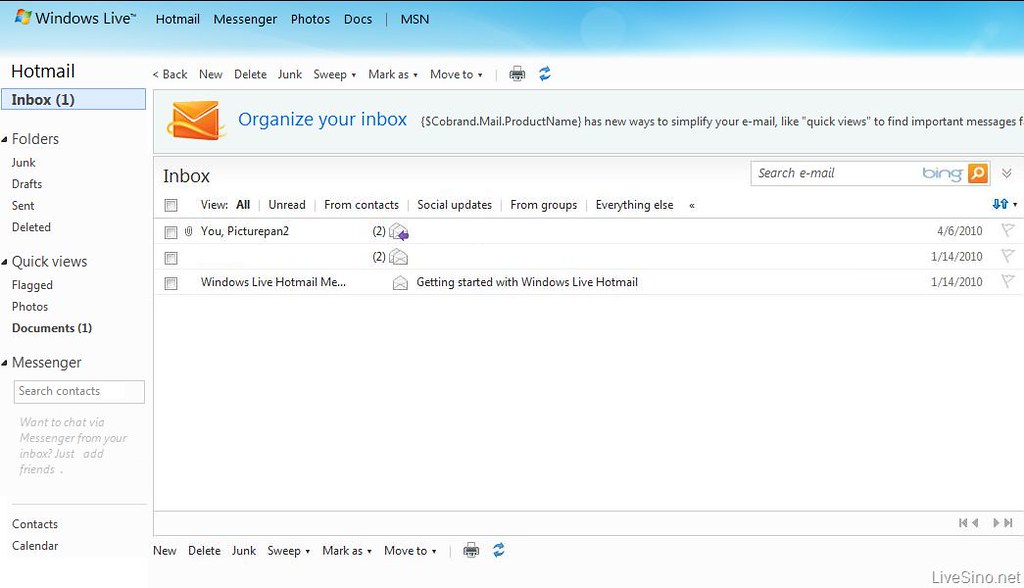
Your email identity was chained to employers or internet providers until Hotmail revolutionized everything in 1996. The service offered free, web-based email accessible from any computer with internet access—a radical concept that seems obvious now.
Hotmail attracted 8.5 million users within its first year, proving massive demand for personal digital communication. Microsoft recognized the goldmine, acquiring the service for approximately $400 million just 18 months after launch. That initial 2MB storage allowance seems laughably small compared to today’s standards, but Hotmail’s real innovation was liberating email from institutional control.
6. Napster (1999): The Digital Disruption That Broke Everything

Eighty million users bypassed traditional music distribution when Napster unleashed peer-to-peer file-sharing in 1999. College student Shawn Fanning created a service that fundamentally challenged how content industries operated, with users sharing files directly between computers and completely sidestepping traditional gatekeepers.
Legal challenges shut down Napster in 2001, but the damage was permanent—like opening a digital box that couldn’t be closed. The service exposed industries built on controlling distribution rather than creating genuine value. And Napster was just the start; digital innovations continued to reshape the landscape, like how the internet changed music videos, transforming them from television events into viral phenomena everyone could access instantly.
5. Wikipedia (2001): Knowledge Becomes Everyone’s Project

Traditional encyclopedias cost thousands and updated annually, but Wikipedia’s collective approach changed everything in 2001. The platform proposed something radical—continuously updated knowledge created by volunteers worldwide.
Twenty years later, Wikipedia contains over 58 million articles across 300+ languages, with accuracy studies showing comparable reliability to traditional encyclopedias. Beyond content creation, Wikipedia pioneered large-scale digital collaboration, proving distributed networks could produce resources more comprehensive than any centralized effort. Turns out people will share expertise without financial incentives when given proper tools and transparent processes.
4. Amazon (1995): From Books to Everything Empire
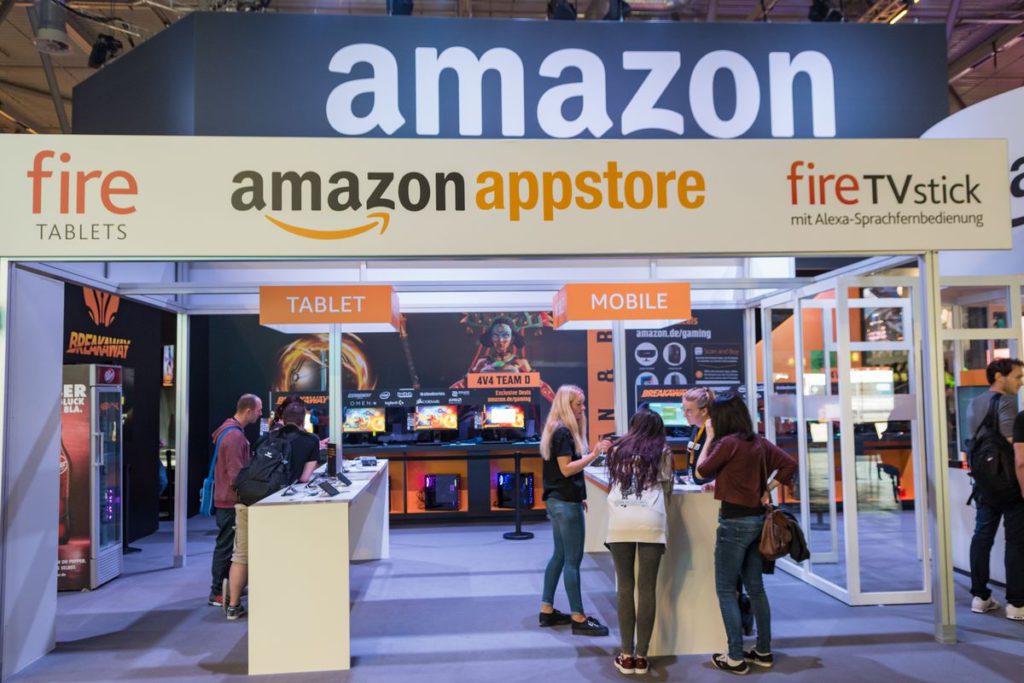
Starting from a Seattle garage selling books online, Amazon reshapes how we shop today. Jeff Bezos launched the company in July 1995, with the first sale—”Fluid Concepts and Creative Analogies“—foreshadowing how Amazon would blur boundaries between physical and digital commerce.
Amazon’s evolution from specialized bookseller to “everything store” demonstrates starting focused before expanding strategically. Early innovations like customer reviews, personalized recommendations, and one-click purchasing centered on removing friction from buying decisions. This customer-obsessed approach created the digital commerce playbook: use data to understand customers better than they understand themselves, then deliver unprecedented convenience.
3. Gmail (2004): When Email Storage Became Unlimited
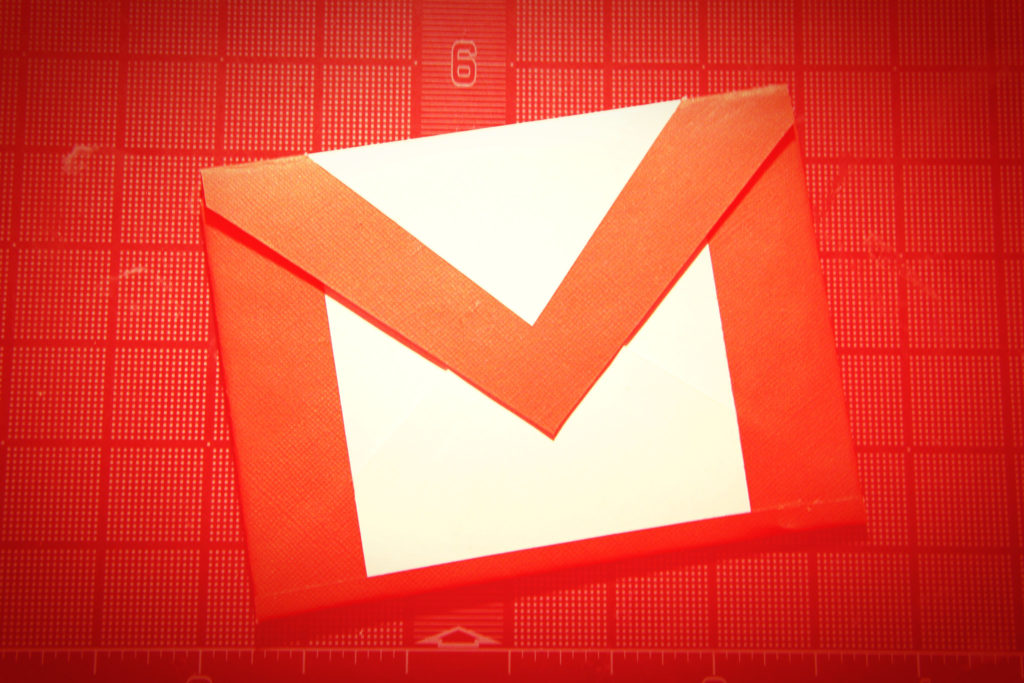
One thousand times more storage than competitors sounds impossible, but Gmail delivered exactly that on April 1, 2004. Google’s announcement initially seemed like April Fool’s joke—1GB free storage when competitors offered mere megabytes.
This thousand-fold increase converted email from communication tool to permanent digital archive. Gmail’s storage revolution shifted user behavior from scarcity to abundance mindset. Combined with powerful search capabilities that made organization less critical, Gmail changed our relationship with digital information. The service proved how dramatically improving one key metric—storage capacity—could transform expectations across an entire product category.
2. YouTube (2005): When Video Became a Two-Way Street
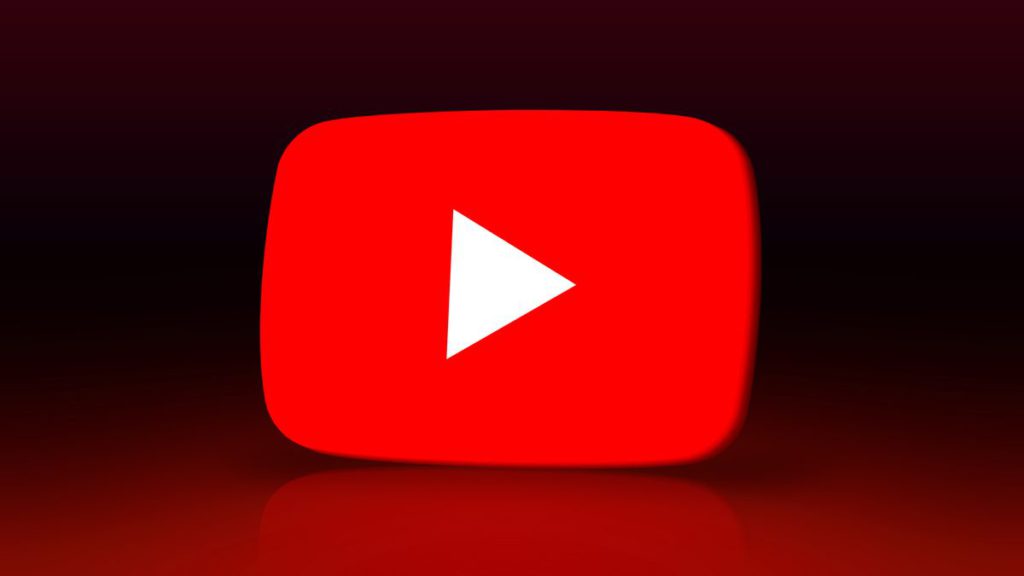
Sharing video online required technical expertise and major resources until YouTube launched in February 2005. The platform’s innovation wasn’t just technical but social—converting video from broadcast medium to conversation through comments, responses, and seamless sharing.
YouTube democratized video production and distribution, creating career paths outside traditional media gatekeepers. From educational content to product reviews, YouTube became the world’s second-largest search engine, processing billions of searches monthly. The platform exemplifies the shift from passive consumption to active participation in media.
1. Twitter (2006): Communication Gets Compressed
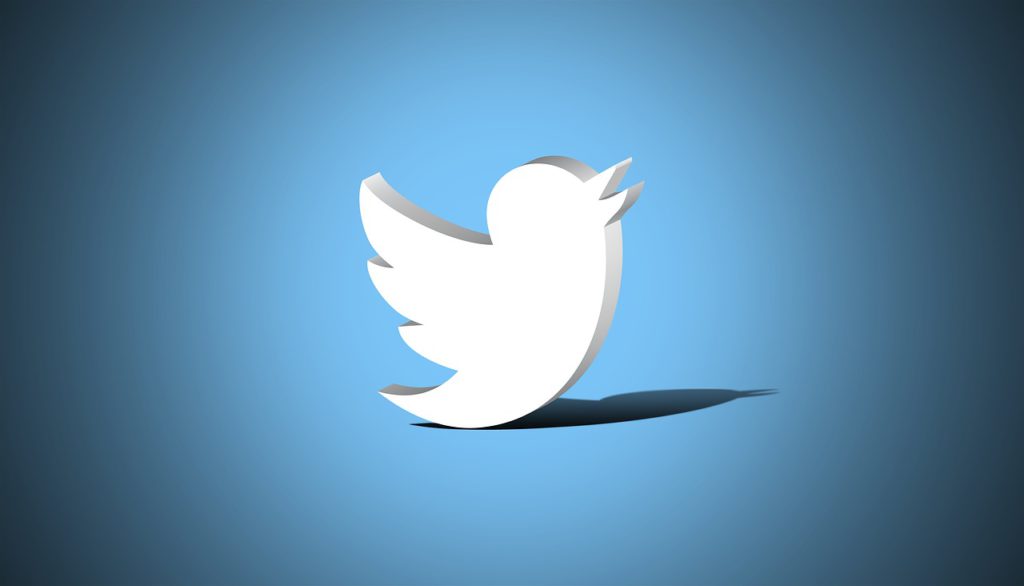
A 140-character limit constrains expression in ways that sparked innovation across public discourse. Twitter’s March 2006 launch imposed this bizarre restriction when unlimited blog posts were standard, originally based on SMS limitations.
Twitter’s brevity requirement works like three-minute pop songs—creative constraints often produce unexpected innovations. The platform’s real-time, public-by-default approach created a global conversation where breaking news, cultural moments, and personal thoughts collide instantly. Twitter compressed communication cycles from days to minutes, accelerating both information sharing and chaos with equal efficiency. This rapid pace mirrors the biggest changes in 80s culture, when previous technological leaps transformed how people experienced the world—a process now turbocharged by the internet.





















